B-1. Dharmarajika Orphanage and Schools
Orphanage Program: In 1972, our Monastery established the
Dharmarajika Orphanage, our first of many community oriented
programs initiated to address the many needs of the country as well
as the surrounding area. In an effort to provide support to
displaced boys living on the street who had no where to go, we felt
it was our responsibility to open our doors, thus providing food,
shelter, and an education to these victims of war trodden poverty
and neglect.
At our peak in 1995, our orphanage had over 1,200 boys living and
attending school on our complex, thus helping them to become
successful as self-reliant men. As a result of this program, we have
been able to assist hundreds of boys in becoming good, contributing
citizens of our country. In fact, today many of these same boys have
gone on to become successful doctors, teachers, engineers, and
government officials. Because of our present funding constraints,
however, we are only able to take in a few boys a year when an
opening arises. As a result, the number of boys remaining at the
orphanage had dropped significantly to 450 in recent years.
While the cost of providing food, shelter and medicine for these
orphans in Bangladesh is relatively low, with 450 boys in residence,
these expenses begin to add up. For example, the amount of funds
needed per boy, per day is approximately 75.00 Taka (US$1.00). With
450 boys each requiring this amount for an entire year, the
Monastery must provide 121,50,000 Taka per year for just food alone
(US$162,000) (Ex.Rate USD1.00 = BD.Tk.75.00). With much of our
funding coming from private donations, this is a large sum of money
for us to raise on an annual basis.
In addition to the above mentioned recurrent costs, over the past
five years, we have been unable to upgrade our dormitory complex
which requires paint and some structural repair following the flood
of 1998. Likewise, we are presently in need of new mattresses,
blankets, beds and mosquito nets to replace a percentage of those
that are no longer in adequate condition.
Dharmarajika Orphanage Management Committee
| Sl.
# |
Image |
Name |
Position |
| 1 |

|
Ven. Buddhapriya Mohathero
|
President |
| 2 |
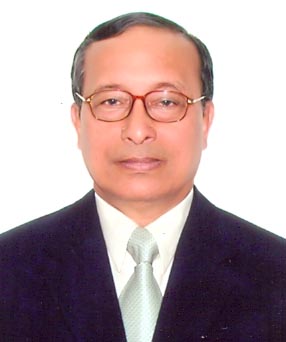
|
Mr. Prakrita Ranjan Barua (P. R. Barua)
|
Vice President |
| 3 |
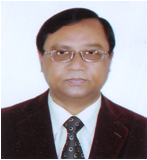
|
Ranjit Kumar Barua |
Vice President |
| 4 |
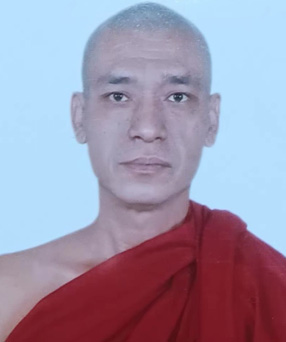
|
Ven.Swarupananda Bhikkhu (Mr. Ritan Kanti Barua)
|
General Secretary |
| 5 |
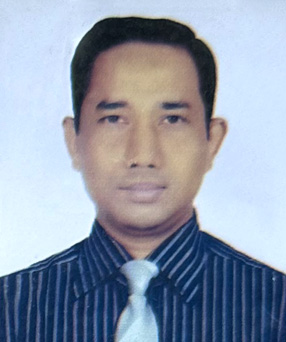
|
Mr. Kishore Kumar Barua
|
Joint General Secretary |
| 6 |
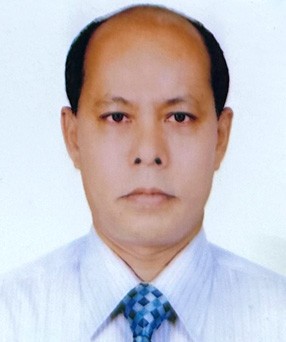
|
Mr. Jitupriyo Barua
|
Accountant |
| 7 |

|
Deva Priya Barua |
Exucutive Member |
| 8 |
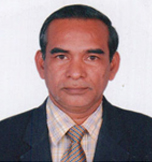
|
Mr. Sujit Kumar Barua |
Vice President |
| 9 |
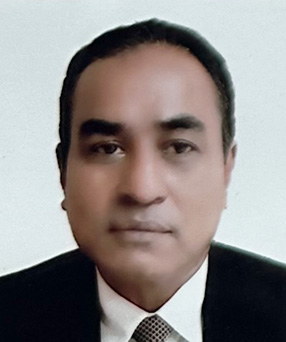
|
Mr. Prodip Kumar Barua
|
Executive Member |
| 10 |
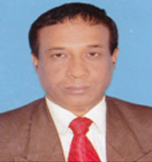
|
Anupam Barua |
Exucutive Member |
| 11 |
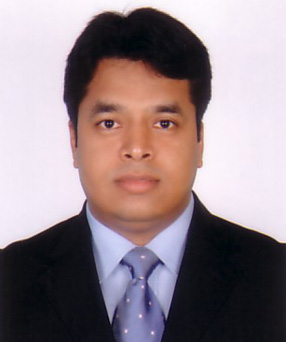
|
Mr. Brammanda Pratap Barua |
Exucutive Member |
Dharmarajika School and College:
In addition to the orphanage, the Dharmarajika complex runs a
primary school, a secondary/high school and a technical school. The
secondary/high school is operated with some financial support from
the Government of Bangladesh.
While our schools were initially set up to provide an education for
our orphans, in recent years, the doors have been opened to the
local community, thus allowing both boy and girl students to attend.
With the status of the female child being so low in Bangladesh, we
felt that it was our responsibility to see that they also benefited
from the fruits of a good, sound education.
At present, 150 boys from the orphanage attend the primary school.
The five teachers that run the classes are entirely paid for by the
Monastery. For the secondary/high school, a total of 350 boys
presently attend and 100 attending Technical School,College &
University. To cover the cost of the 16 teachers needed to run this
school, the Government
of Bangladesh graciously provides 80 percent of their salaries. The
Monastery covers the remaining amount.
Along with the 450 orphan boys, additional 100 girls and 100 boys
attend the school from the outside (please note that students from
all religions are welcomed within our schools). At present, the
tuition fees for all of the girls students are being covered by a
grant from an international non-government organization (INGO). The
boys from the outside pay 50 Taka per month, which is used to help
cover some of the teacher's salaries. Over the years, we have found
these various funding mechanisms to be of great help to us. In the
future, we will explore other options to assist us in becoming even
more self-reliant.
In addition to salaries of the teachers, the Monastery is also
responsible for providing funds to cover the cost of books,
educational materials, and upkeep for the school. This represents a
great burden for our Monastery.
Although our Monastery has a technical school that provides
on-the-job training in printing and metal works, these classes have
had to be significantly reduced in recent years due to our present
financial constraints. It is our hope that with a small amount of
funding, we will be able to once again utilize our fully equipped
classrooms on a full-time basis. In a culture where a skill is
essential to getting a good job, providing this type of training is
very important.
Future plans:
In an effort to reduce the financial burden of running the orphanage
and schools, the Monastery is looking at different options,
including:
Seeking annual sponsorships for individual students. For example,
for as little as 1200Taka (US$ 200) much of what an orphan needs can
be covered for an entire year;
Seeking small grants to cover the cost of our teacher’s salaries.
For example, for only US$ 7,200 a year, the salaries for all of our
teachers can be covered. Receiving this support would be a great
help to us;
Seeking funds for an endowment that would allow the Monastery to
fund students using the interest only from a sum of money set-aside
for this purpose. In other words, the capital for this fund would
remain untouched- the Monastery would only draw down on the
interest;
Upgrading our printing and metalwork facilities to provide contract
services to the local community. In other words, the older students
would be trained to carry out simple printing and metal tasks that
could allow them to earn money for both themselves as well as
helping us to subsidize our various programs. There are a number of
advantages to this approach. First, this would give the students
hands-on work experience. Second, it would help the Monastery to
subsidize the operations of the technical school in the long run.
Third, it would teach the students how to acquire business skills,
thus preparing them for a profession in the outside world. In
addition to this training, we are considering sending some of our
students for two-month non-paid internships located at more
extensive printing and metal shop facilities to give them a chance
to apply what they have learned. Once again, this would help them to
gain the experience needed to compete for a job on the outside.
Continuing to seek donor support from organizations that feel that
the work we are doing is important and worth investing in. In this
case, we would welcome either large or small grants from interested
groups – any amount would be greatly appreciated.
Dharmarajika School and College Managing Comittee
| Sl.
# |
Image |
Name |
Position |
| 1 |

|
Ven. Buddhapriya Mohathero
|
President |
| 2 |

|
Mrs. Shima Barua
|
General Exucutive Member |
| 3 |

|
Mr. Md. Tofazzel Hossen |
General Exucutive Member |
| 4 |

|
Mr. Prakrita Ranjan Barua
|
Parents Member |
| 5 |

|
Mr. Brammanda Pratap Barua Ripon
|
Parents Member |
| 6 |
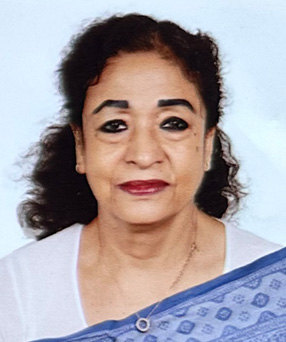
|
Misses Nandita Barua
|
Reserved Female Guardian Member |
| 7 |

|
Headmaster Dharmarajika High School |
Member Secretary |
























